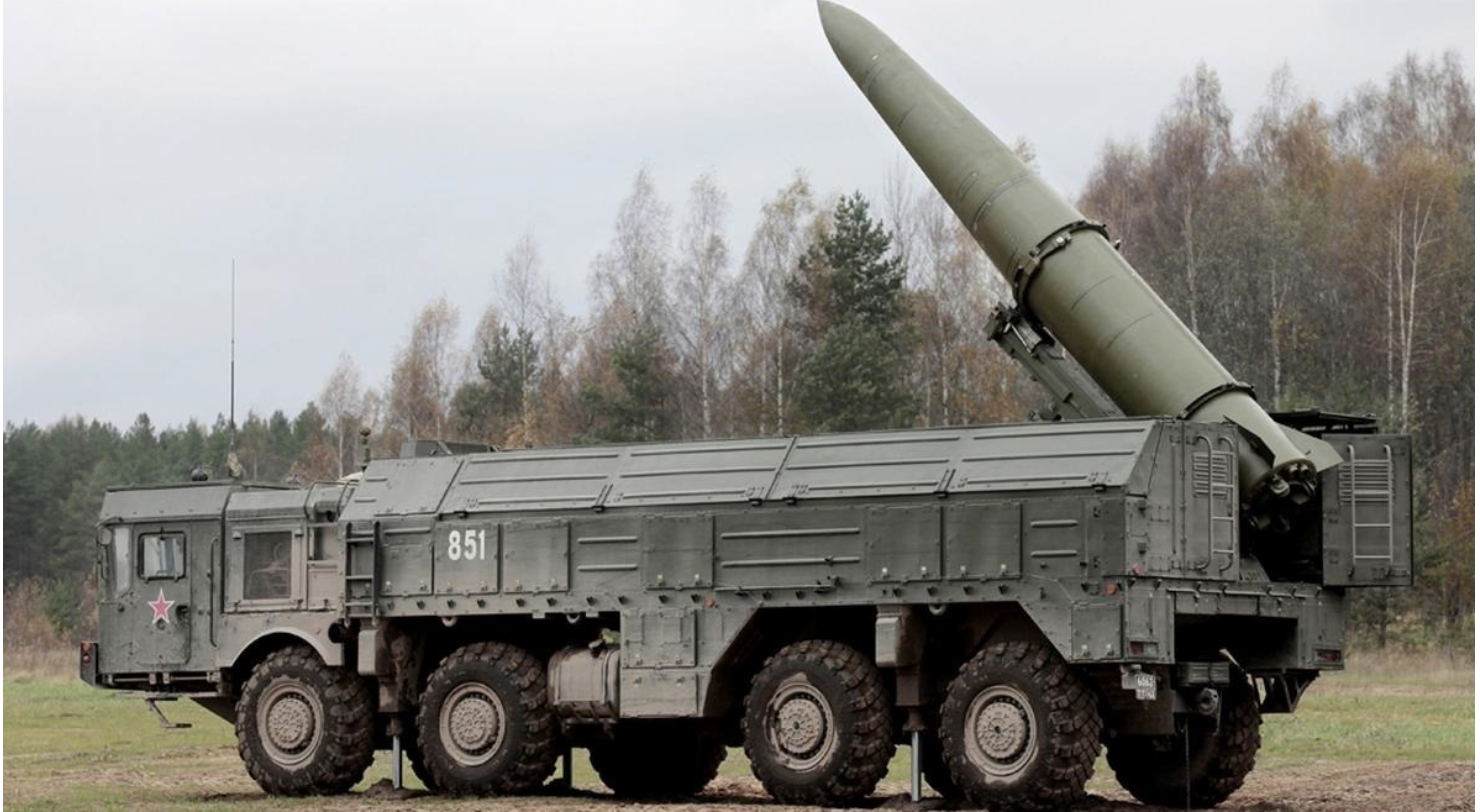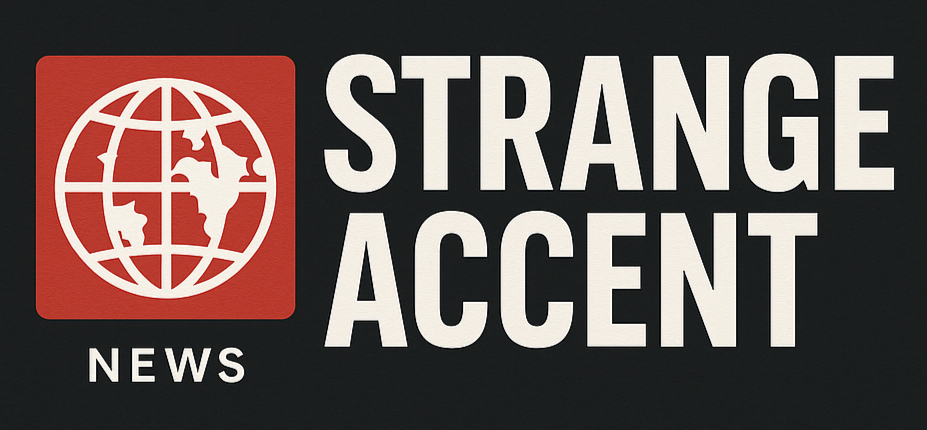On September 10, 2025, a large number of attack drones entered Polish airspace, launched from Russian territory. According to Polish media and international agencies, there were at least 19–23 Shahed‑type drones entering from the territories of Ukraine and Poland; several were shot down by air defense forces, while the rest fell in border voivodeships.
This incident marked the first case of a mass incursion by enemy drones into Polish territory since the beginning of Russia’s full‑scale invasion of Ukraine. Warsaw immediately announced that it was convening consultations under NATO’s Article 4, and Polish military units increased patrols along the eastern border. NATO, in turn, stepped up its aerial presence and dispatched additional reconnaissance and air defense forces to monitor the situation. Though there were no direct casualties (because the drones were non‑explosive), the political and security impact proved far greater than the physical damage. Moreover, the West’s response was predictably restrained.
In effect, Russia tested for the first time how far it can push the Alliance’s “red lines,” even if one hypothetically assumes the drones went off course or were suppressed by Ukrainian electronic warfare. Previously, there were cases of drone debris accidentally falling on Polish or Romanian territory — actions possibly attributable to Russian EW, which also can be seen as probing NATO. But now we are faced with a massive attack, the consequences of which are hard to explain solely as a “trajectory error.” For the Kremlin, this is an opportunity to test the West’s readiness for a collective response; for Warsaw, it’s a new level of threat that demands not only defensive but diplomatic measures.
Poland has long been a key logistic hub for supplying Ukraine with weapons and military equipment. Most transport routes pass through its territory, NATO warehouses are operational there, and Ukrainian military training takes place on its soil. This makes the country a strategic target for Moscow. A strike on Poland, even if limited, could be framed by the Kremlin not as aggression against a NATO member, but as “destruction of military infrastructure intended for Ukraine.” This is where the greatest danger lies: the creation of a juridical‑propaganda gray zone, where Russia tries to shift responsibility onto the West.
To understand how realistic such a scenario might be, one should look at the recent precedent in the Middle East. Shortly before the Russian drone incident, Israel struck targets associated with Hamas in Qatar. It was unprecedented: a sovereign, independent state not officially at war with Israel was attacked. Several people were killed, among them a security service employee of Qatar, which only deepened the crisis.
The international community’s reaction was mixed. Qatar strongly condemned the attack, regional capitals called for restraint, but there were no global condemnations or significant sanctions against Israel. Jerusalem justified the strike as necessary to neutralize a terrorist threat, and this argument proved sufficient for a portion of the West to view the incident with understanding. In world politics, this created a dangerous precedent: the use of force on the territory of a third state may remain without substantial consequences for the attacking party.
Moscow is closely watching such events. The Kremlin, which has long built its policy on drawing analogies, may interpret the Qatar case as a signal: if Israel can strike on the territory of an allied but formally neutral state, invoking security concerns, why can’t Russia do the same regarding Poland? Especially considering that Polish depots and transport hubs effectively function as rear bases for Ukraine.
In this context, several scenarios of Russia’s actions toward Poland emerge. The first scenario involves pinpoint strikes on logistical targets, which the Kremlin could present as “targets for Ukraine.” In this case, Russia is unlikely to assume responsibility, instead attempting to create informational chaos — assertions of “navigation error” or “unpredictable behavior of drones.” This approach has already been used when drone fragments fell in Poland in 2022. However, while Qatar was a single state not part of defensive alliances (aside from its status as a major non‑NATO ally of the USA, which Israel also enjoys) and was under de facto blockade by some states over accusations of support for terrorism, Poland is a NATO member with allies on its territory. Therefore this scenario is currently less probable.
The second scenario envisages hybrid attacks — combinations of cyber operations, disinformation, and provocations at the border. The Kremlin may try to create the impression that Poland itself is “provoking conflict,” and that Russia is merely “defending itself.” In this case, strikes might be accompanied by massive campaigns in social media and proxy media, as already documented in the so‑called “Polish trail” in the Nord Stream explosions.
The third scenario is a deliberate “testing of NATO.” Moscow might gamble that one or more strikes on Polish depots will not provoke a collective response from the Alliance, especially if presented as “misunderstandings.” This is the riskiest variant, but one attractive to Kremlin propaganda: in the absence of a firm response, Russia can show the world that “NATO fears escalation.”
Equally dangerous is a potential fourth scenario — provocations against Romania. Unlike Poland, Romania is less protected in the informational space and lacks the same level of influence within NATO. At the same time, it hosts the anti‑missile defense base in Deveselu, long a point of irritation for the Kremlin. The falling of fragments or an “accidental” airspace breach might become a way for Russia to test ally reactions in less visible directions. Note that such provocations are hypothetically possible also against the Baltic states and Finland.
The sum of these scenarios indicates one thing: Russia is gradually expanding the boundaries of what is permissible in war. The drone incident of September 10 and the parallel example with Israel and Qatar show that international law and sovereignty are no longer inviolable values. They are being replaced by logic of force and the arguments of “security threats.”
For Poland and NATO, this means the need not just for technical strengthening of defenses, but for political signaling. The Alliance must make it clear that any new strike on the territory of a member will be considered not a “regrettable incident,” but an act of aggression. Otherwise the risk of re‑experiencing the “catastrophe of 1939,” when Poland was once again on the front lines of a great war, will increase.
Ukraine finds itself in an ambiguous position. On one hand, Polish depots and logistic routes are vital for Kyiv, and any strike on them could significantly slow down supply. On the other hand, Ukraine becomes the main justification for such attacks. This means Kyiv must not only strengthen its defense but also coordinate information policy with Warsaw and Brussels, to prevent Russia from using the issue of “rear logistics” as a justification for aggression.
In conclusion, the main finding is that Israel’s strike on Hamas targets in Qatar created a dangerous international precedent, which Russia may use to justify its actions against Poland or other NATO members. In conditions where the Kremlin continuously tests the limits of what’s acceptable, the Alliance’s response must be swift, clear, and collective.
If the reaction is again limited to concerns and consultations, it will only encourage Moscow to take further steps. As a result, Europe risks finding itself facing a new phase of war — not localized, but Pan‑European. However, it is worth noting once more that a direct Russian aggression or a proxy conflict via Belarus remain currently highly unlikely, given the various reasons mentioned above and the lack of manpower, equipment, and weaponry of the aggressor.


